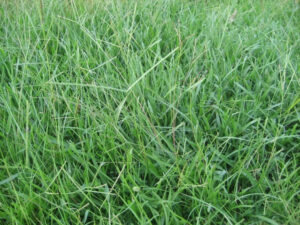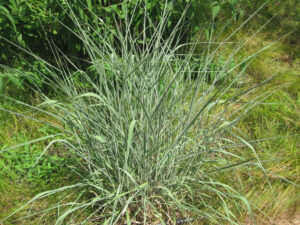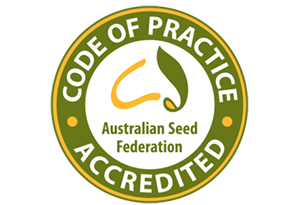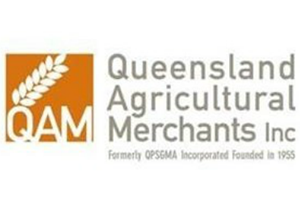Excel Rhodes Grass – Williams Seed Exclusive
Excel is a multi-use Katambora (diploid) Rhodes Grass cultivar that has been proven in grazing, amenity, revegetation and soil re-generation purposes. Excel exhibits an aggressive creeping growth pattern and has a fine leaf and vegetative growth which is highly palatable and shows later flowering.
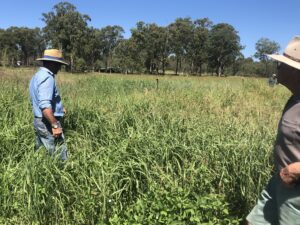
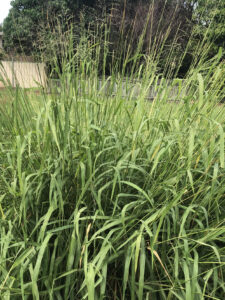
Daves Choice, Panicum – Williams Seed Exclusive
Daves Choice (TM,PBR) is a new Panic variety with superior cold tolerance. It is well suited to a variety of situations and environments providing bulky soft leaves and good shade tolerance whilst being hardy and robust. This variety is also showing good Mealy Bug resistance.
Buffel (Cenchrus ciliaris)
Buffel Grass is a deep rooting, summer growing, erect tussocky grass. It is the most important sown species in the 400-800 rainfall zone of QLD, Australia. Buffel persists well because of its excellent drought and grazing tolerance. It responds quickly to rainfall and will grow on a range of soil types. Buffel does not tolerate water logging or flooding conditions. It is also high in oxalate.
Biloela
Biloela is a taller, more robust Buffel with a deep root system and greater drought tolerance. It is more suited to heavier soil types, higher rainfall and cattle production.
Gayndah and USA
Gayndah and USA Buffels and finer, medium height varieties that establish readily. They are more suited to lighter soils, lower rainfall and for sheep production. They are however less vigorous that Biloela.

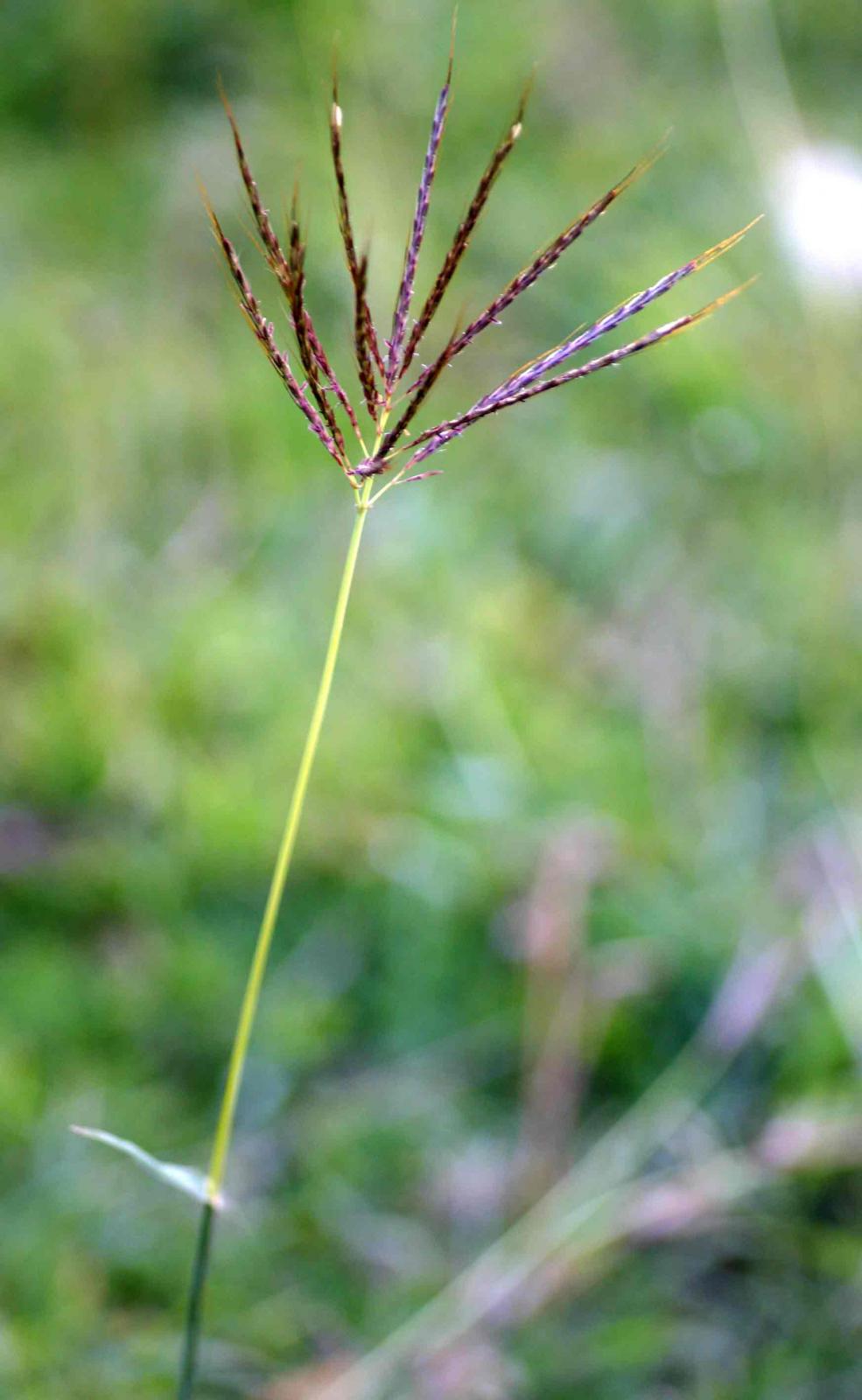
Creeping Bluegrass (Bothrichloa insculpta)
Creeping Bluegrass is a summer growing tufted perennial with creeping (highly stoloniferous) stems that rapidly cover bare ground. It can be slow to establish but produces leafy, food quality feed in summer and autumn, carrying through in to winter until frosted. Suited to a wide range of soil types.
Bisset
Bisset is the newer variety that has fine, green coloured leaves and stems with reddish colouring, establishes faster, more stoloniferous and flowers later. It will suit a wide range of soils and tolerate lower fertility, while being more drought tolerant.
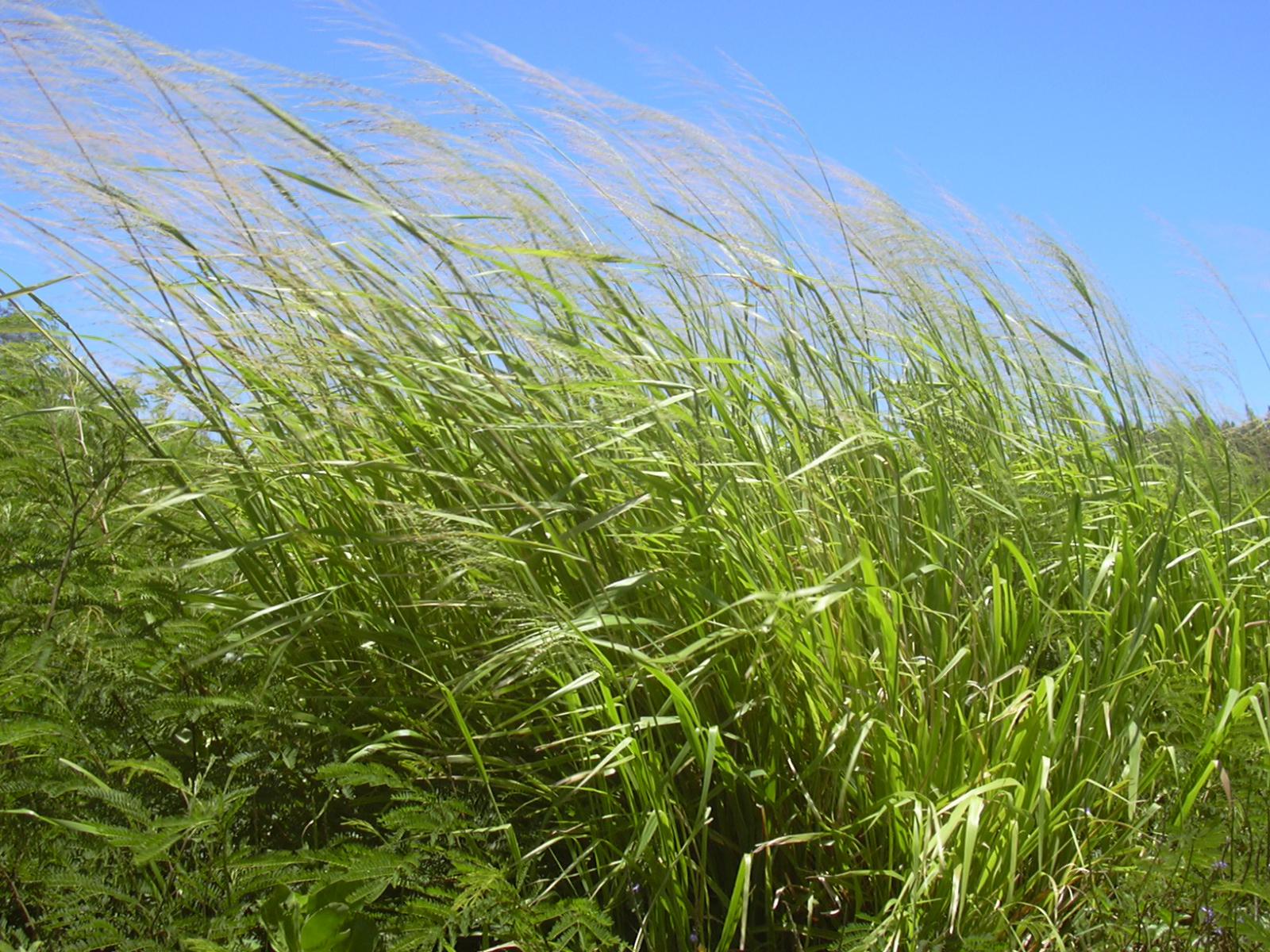
Guinea Grass (Megathyrus maximus)
Guinea Grass is a clump forming perennial which grows best in warm frost free areas receiving more than 900 mm rainfall. The deep, dense, fibrous root system allows it to survive long drought periods, but it performs best on well drained soils of good fertility in high rainfall regions (tropics). Can tolerate heavy grazing.
Hamil
Hamil is a very tall variety, robust, smoother and grows to 3 – 3.5 metres. The leaves are darker green, stem nodes hairless and will grow on more poorly drained soil and seeds more freely. It is well accepted by cattle and its tall growth makes it attractive in tropical country where most fodder is cut rather than grazed.
Humidicola – Tully Grass (Urochloa humidicola)
Humidicola, otherwise known as Tully Grass is a highly stoloniferous perennial grass with the ability to withstand prolonged water- logging, more so that Signal Grass. It will grow as far south as Brisbane; however it is not frost hardy and its cool season growth is lower than that of Signal Grass. It will establish in low fertility soils and tolerate very acid soil. Humidicola has a vigorous and dense mat forming growth habit that can withstand heavy grazing with minimum weed invasion; which reduces its compatibility with twining legumes. Requires minimum 1000 mm annual rainfall.
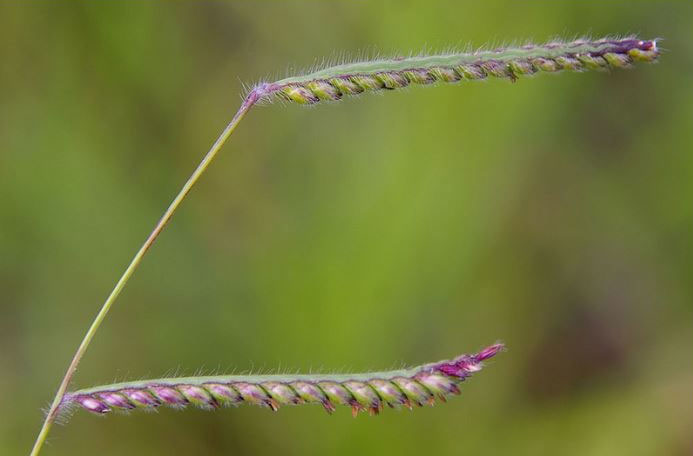
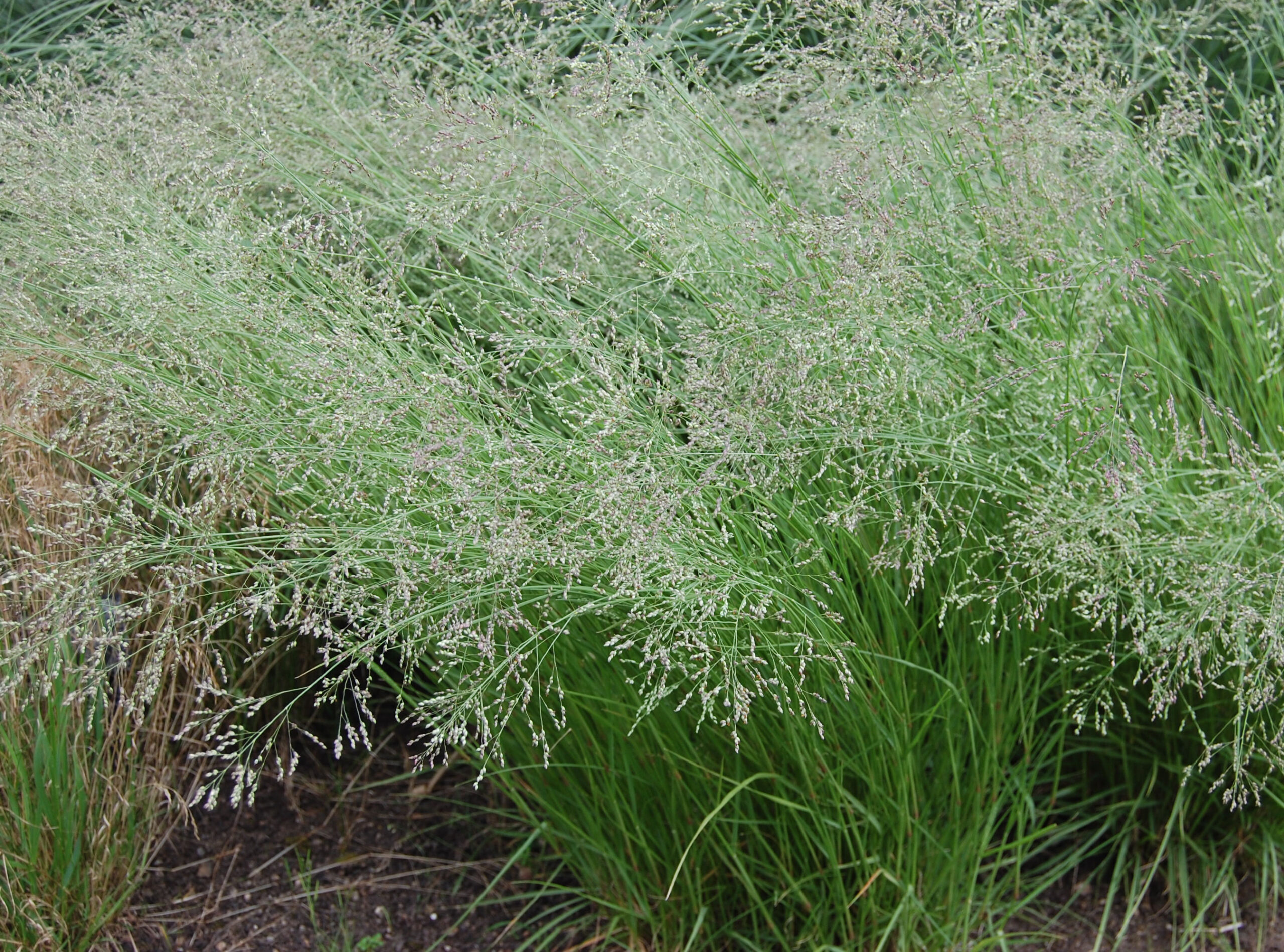
Panic
Bambatsi is a perennial summer growing grass that is well adapted to medium to heavy cracking clay soils where the average rainfall is greater than 600 mm/year. It is a high yielding, very palatable grass easily distinguished by its bluish leaves with prominent white mid rib. Bambatsi can tolerate water-logging, drought, frost, and saline soils. It performs well on melon hold (gilgal) soils in brigalow lands, but is unsuited to sandy and loamy soils of lower fertility.
Panic Gatton (Panicum maximum)
Gatton Panic is more suites to the sub-tropical regions of Australia. It is tall, tufted, summer growing perennial that is often regarded as being more vigorous, palatable and drought tolerant that Green Panic. It prefers fertile , well drained soil and has good shade tolerance. Gatton Panic can be distinguished from Green Panic by its longer, broader, hairless, greener leaves. Of the two, Gatton Panic is far superior on low fertility soils and establishes more readily.
Panic Green (Panicum maximum var. trichoglume)
Green Panic is a tufted summer growing perennial species that persists best on high fertility, friable, softwood scrub loam and light clay, disliking sands, hard setting soils and heavy black clay. It is intolerant of water-logging, but very shade tolerant, more so that Gatton Panic, and is one of the most palatable topical species available. It has a moderate drought tolerance and a remarkable ability to yield a “green pick” if mild weather follows winter rainfall.
Paspalum Dilatatum
Paspalum Dilatatum is a palatable, tufted perennial grass. It responds well to moisture and fertiliser and has a good tolerance to grazing, with a quick “bounce back” of new growth following. It can grow in a side range of soil types, but is best suited to higher fertility soils.
Paspalum Wettsteinii
Paspalum Wettsteinii otherwise known as “Broadleaf Paspalum” is a semi-prostrate , clumped, perennial species with a wide crown spreading by means of short stolons. It grows well wherever Paspalum species normally grow and is more tolerant of poorer soils. It can withstand water-logging, recovers well from fire, very shade tolerant, and combines well with other grasses and tropical legumes.
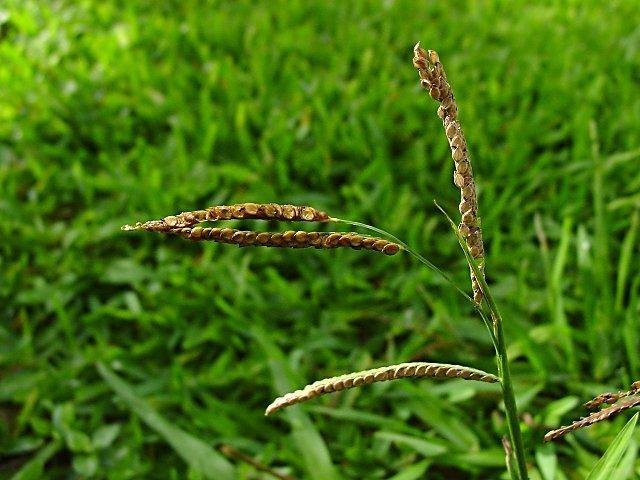
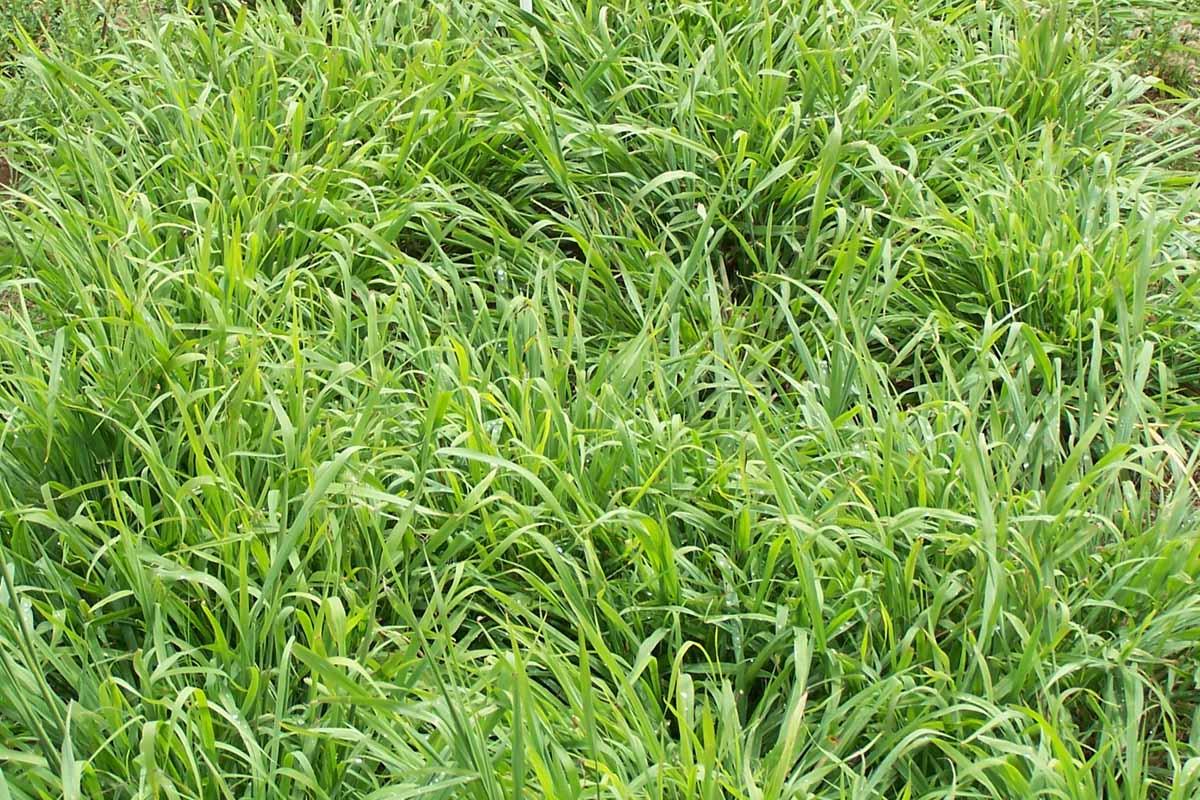
Premier Digiteria (Digiteria smutsii)
Premier Digiteria or “Digit Grass” is a tufted, robust and highly productive perennial grass that is palatable and highly persistent. Premier will grow on a wide range of soils and is even suitable for infertile soils, including the traprock soils of southern QLD. It can be slow to establish to a full sward, but once established it is very persistent under heavy grazing. Its open sward makes it very compatible with legumes. It is well adapted to inland environments with low rainfall and winter frosts, has good drought, cold and fire tolerance, while also being suitable for horses (has low oxalate concentrations).
Rhodes Grass (Chloris gayana)
Rhodes Grass is a summer growing, stoloniferous perennial, whose runners provide good soil cover for erosion control. Rhodes Grass is adapted to a wide range of soil types from interfile sands to fertile brigalow clay. Low oxalate concentrations make Rhodes Grass a valuable pasture grass for horses.
Katambora
Katambora Rhodes Grass is a diploid , mid-late flowering type and is characterised by strong stolon development, heavy seeding and drought tolerance. In Queensland, it is more persistent on low fertility soils than other Rhodes grass cultivators. With a finer leaf it remains productive in autumn, as well and being cold tolerant and shooting much earlier in spring.
Callide
Callide Rhodes Grass is a later flowering, tetraploid variety that responds well to increased fertility and irrigation, maintaining feed quality further into the growing season if well managed. While more vigorous and palatable than Katambora, it demands higher fertility and may not persist as well on lower fertility soils and is also less drought tolerant. It is ideal for grazing and hay production being well suited to coastal and higher rainfall regions of Northern NSW and Queensland.
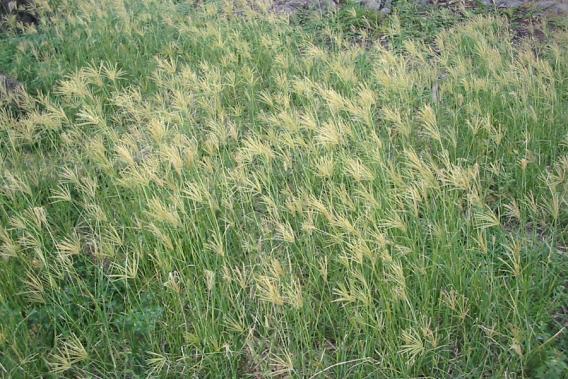
Setaria (Setaria sphacelata)
The Setarias are amongst the most cold tolerant of the tropical grasses, commonly grown in the higher rainfall districts of the sub- tropics. Well accepted by cattle, it is a tufted grass that combines well with twining legumes and can grow up to a height of over 2 metres. They require reasonable fertility, but are fairly tolerant of short-term waterlogging. Setaria species have low sodium content but high oxalate content, especially if fertilised with nitrogen. Commercial cultivars include Kazungula, Narok, Nandi, Solander and the later maturing Splenda.
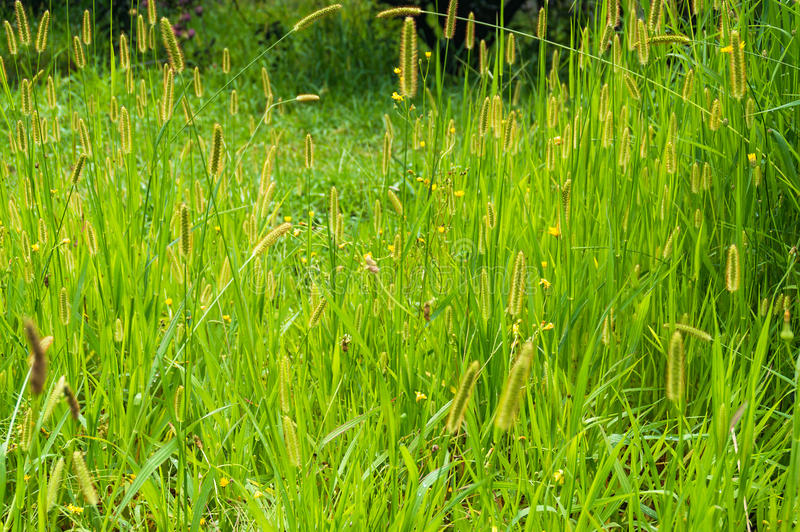
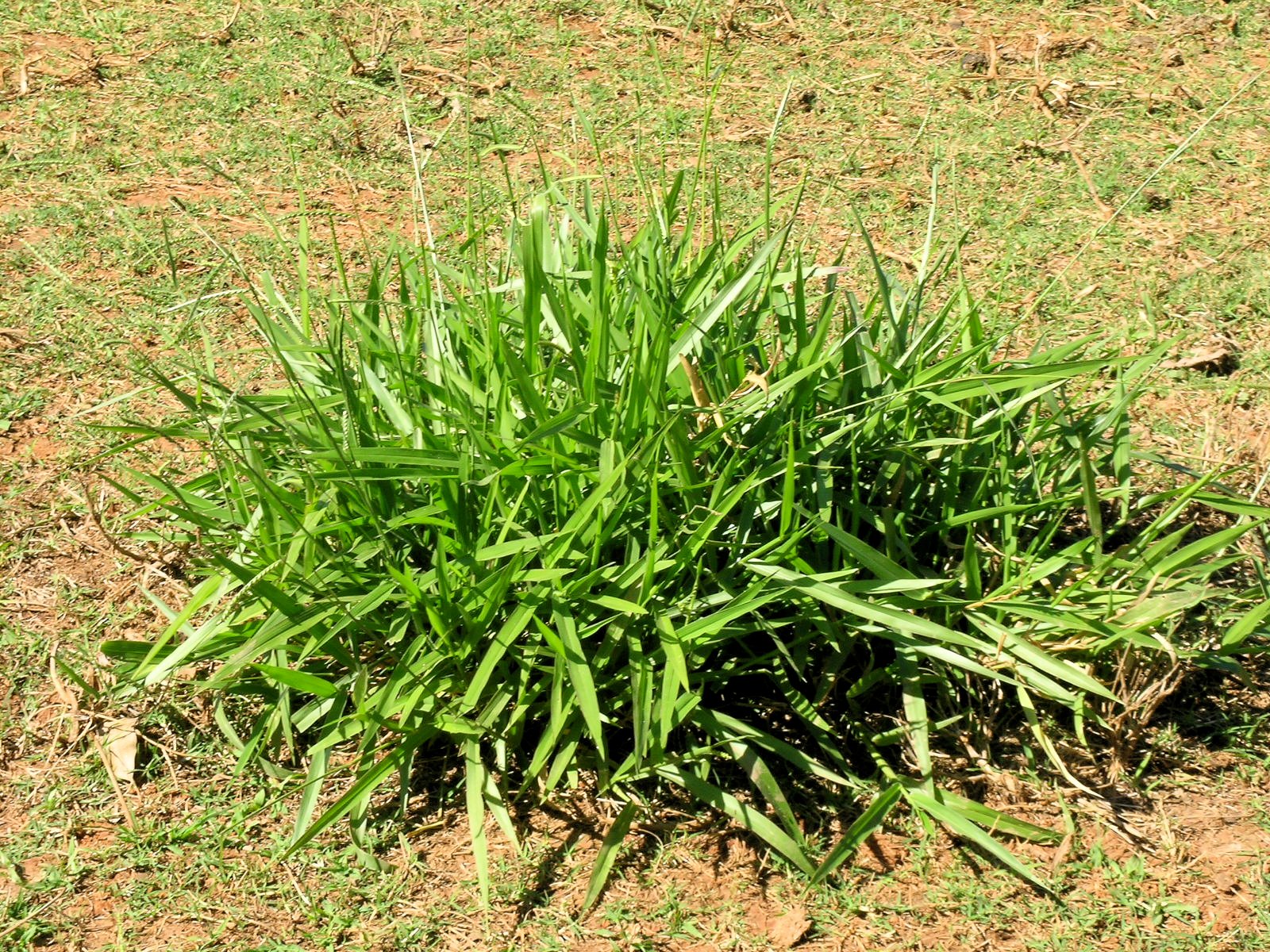
Signal Grass – Brachi (Urochloa decumbens)
Signal Grass is a low growing, decumbent perennial, with trailing stems and an aggressive stoloniferous root system that roots down at the nodes. Signal Grass is well adapted to a wide range of soils in the humid and sub-humid topics, but also grows well in the coastal subtropics, showing some drought and cold tolerance. However, it cannot tolerate extended water-logging. It tolerates heavy grazing, responds to good fertility or nitrogen applications, but can be difficult to combine with legumes. A dense mat of Signal Grass can give good weed control, while Signal Grass seedlings are also tolerant to a pre-emergent application of Atrazine.
Sabi Grass (Urochloa mosambicensis)
Urochloa, otherwise known as Sabi Grass, is a perennial grass either tufted or creeping with short stolons, giving it a low growth habit. It is palatable, hardy, quick to establish and is suited to the dry topics, responding well to rainfall, good fertility, and growing in a wide range of well drained soils. Urochloa should not be confused with Liverseed Grass (Urochloa panicoides), where the leaves of Urochloa are longer and more erect, having straight margins, whereas the leaves of Liverseed are crinkly along the margins.
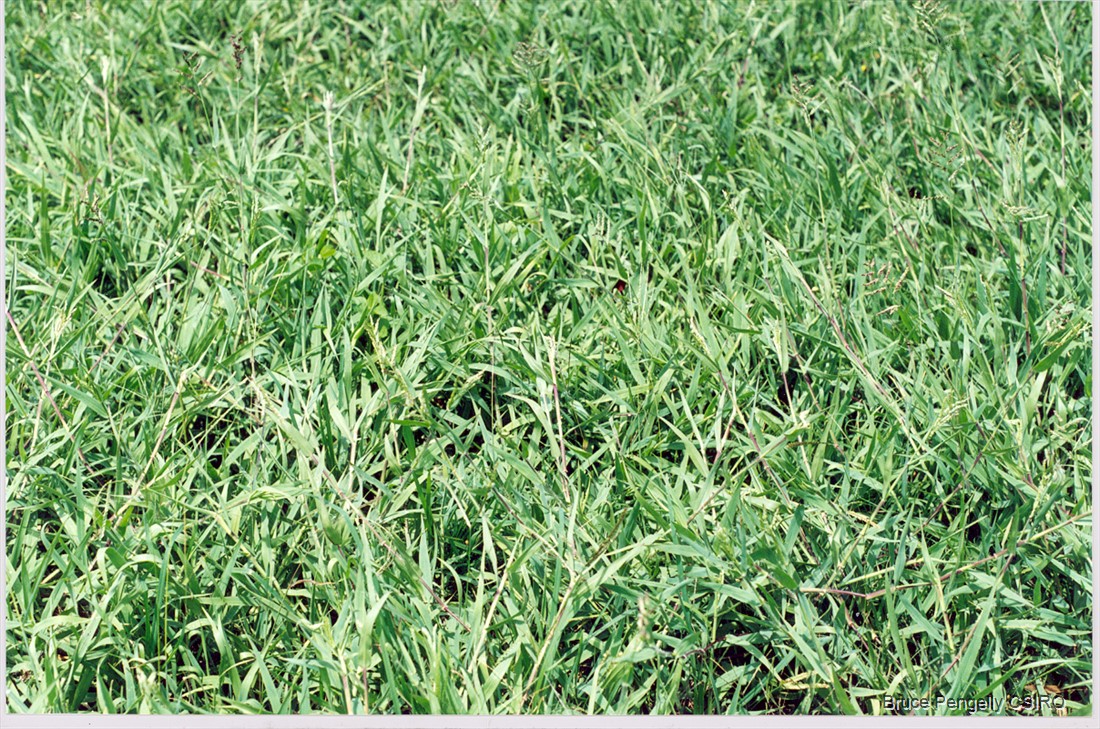
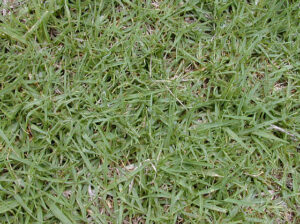
Kikuyu Whittet
Kikuyu, Whittet is a deep rooted self repairing perennial grass ideal for domestic lawns, public parks, racecourses and pastures. It forms a dense turf and spreads by stolons, which creep both above and below the soil surface.
Bahia Grass
Bahia grass (Paspalum notatum) is a dense mat-forming perennial grass, with a deep, strong root system. Adapted to a wide range of soil types, tolerates acid/low fertility soils, good drought tolerance, few pest or disease problems, tolerant of close grazing and traffic wear. Varieties include Argentina and Pensacola.
